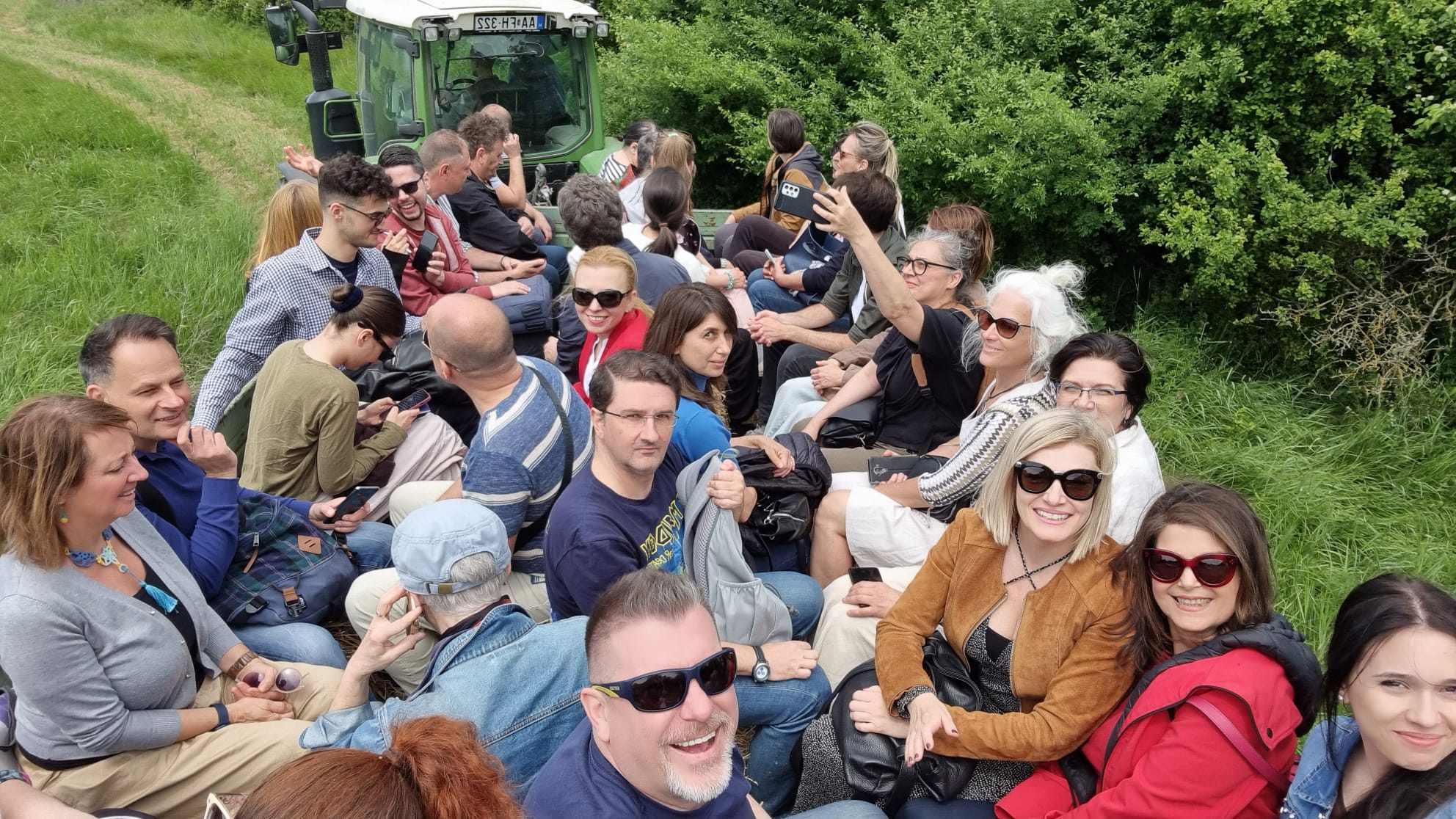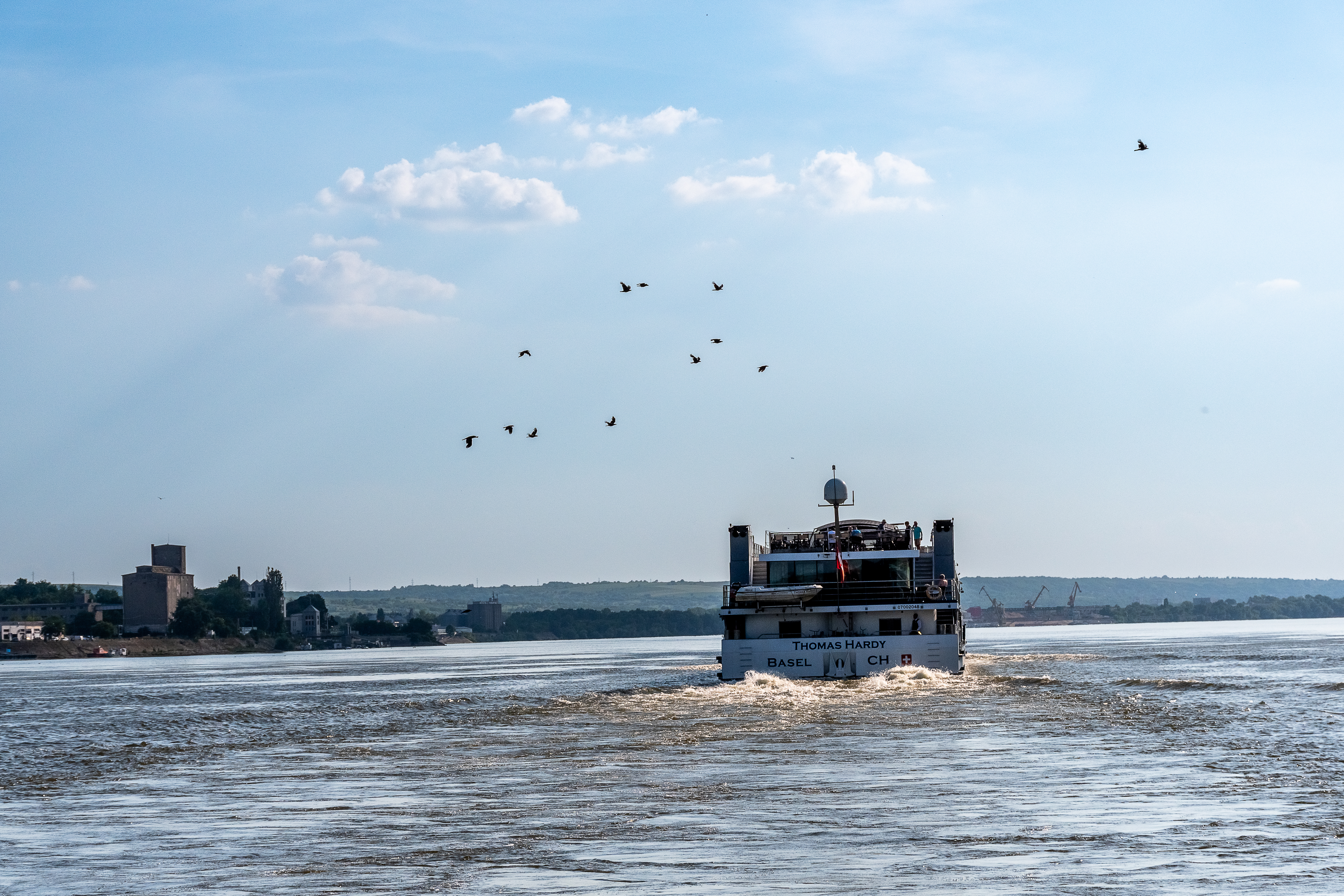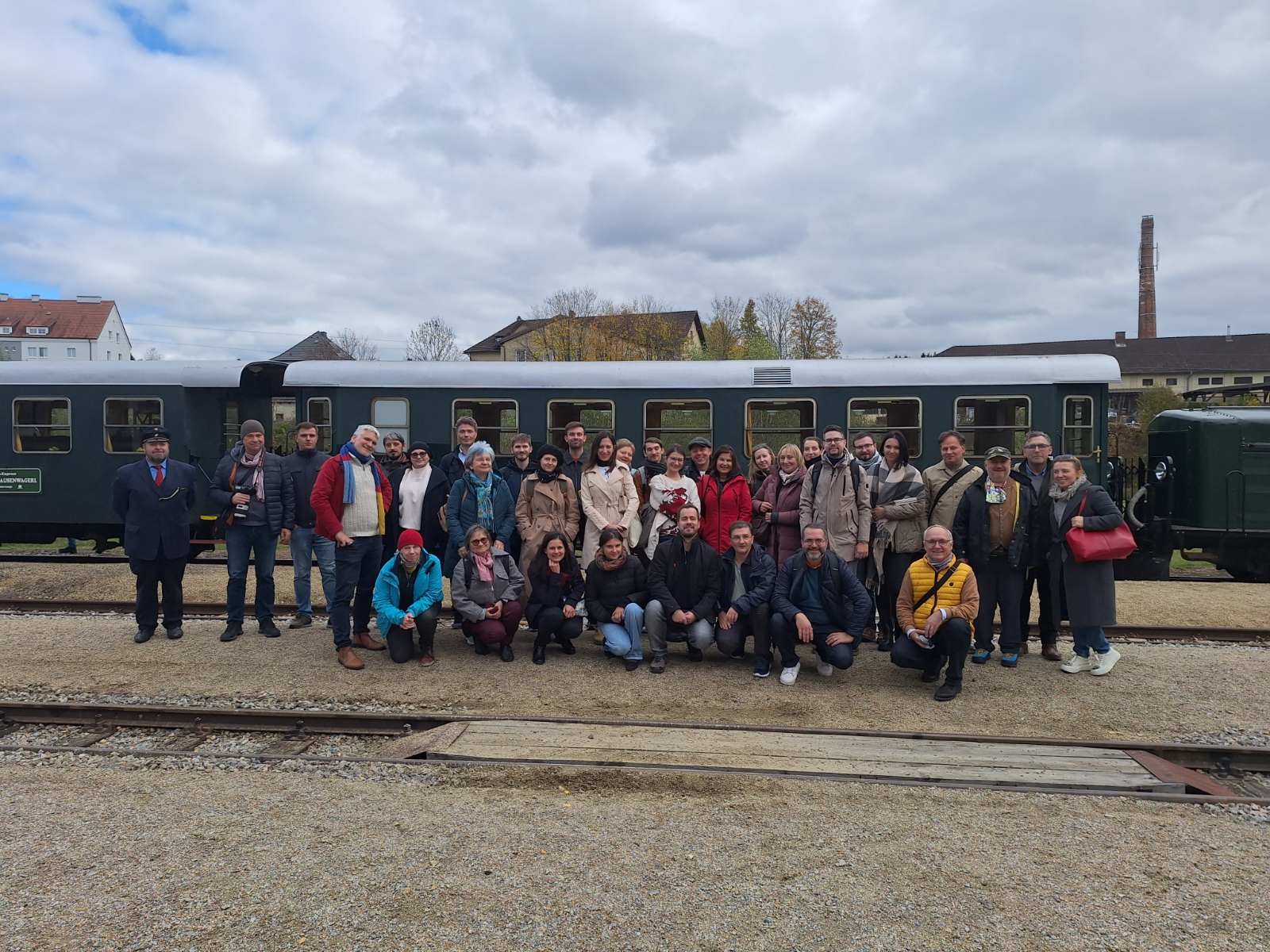
On the Trail of Living Heritage. Part 1
Two countries, one shared vision for rural landscapes
From the historic vineyards of the Wachau Valley (Austria) to the Renaissance façades of Slavonice (Czech Republic), the Danube Ruralscapes partners set off on their second study tour - three days of learning, collaboration, and inspiration along the Danube’s cultural corridor.
Hosted by the University for Continuing Education Krems, this cross-border journey explored how heritage, creativity, and sustainability can transform rural regions into living landscapes - vibrant, resilient, and deeply connected to their identity.
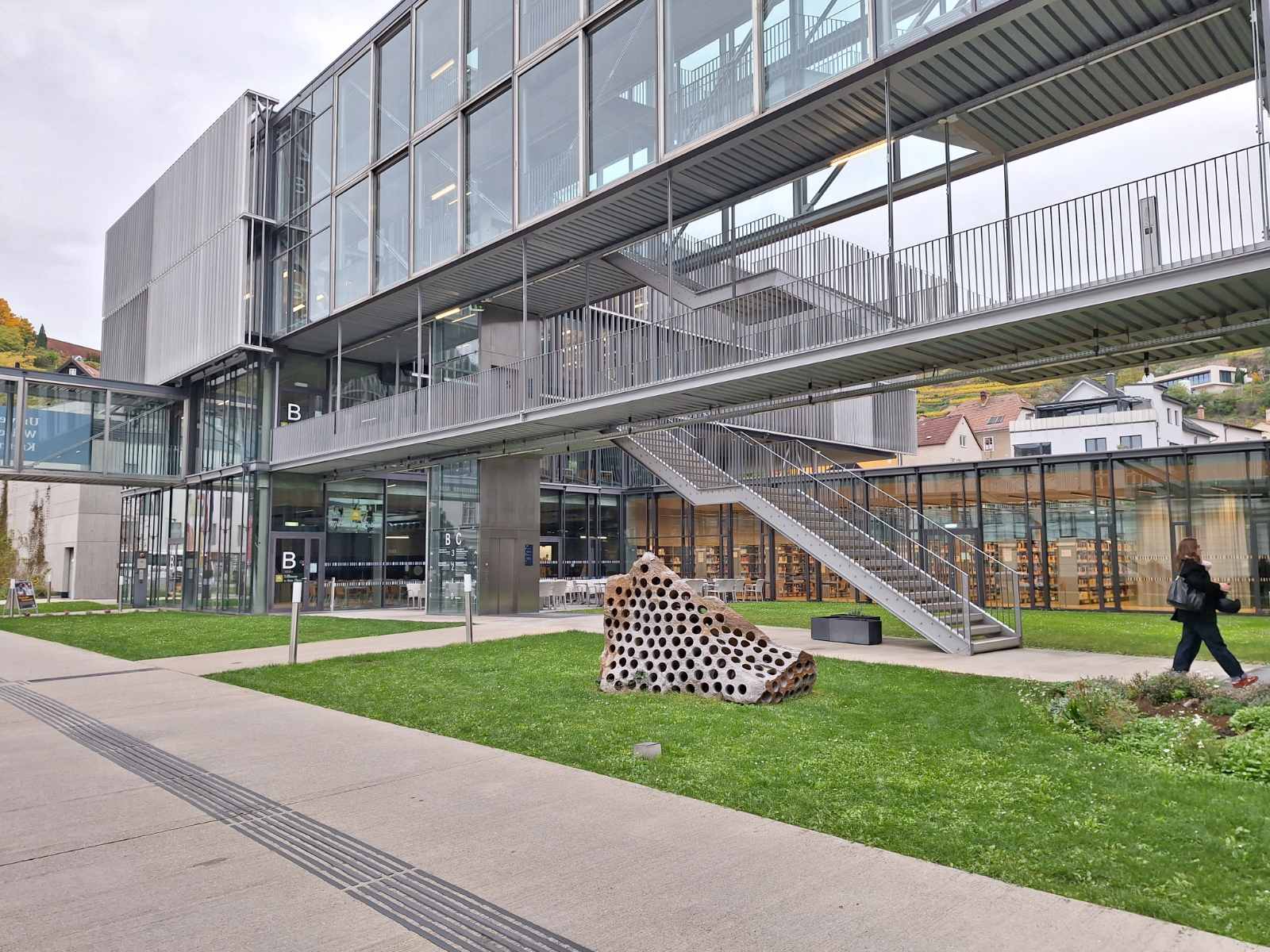
Danube University Krems, Austria
Krems: From Factory to Future
The story began on October 16, 2025, in Krems, where a former tobacco factory - once the beating heart of a working-class neighborhood - now thrives as the University for Continuing Education Krems: a vibrant hub where research, culture, and community come together – a bold example of how cultural heritage can fuel regional development, education, and innovation.
Welcomed by Prof. Pausits, Deputy Dean of the Faculty of Education, Arts and Architecture, and Dipl.-Ing. Ledl, Head of the Department for Building and Environment, we, the Danube Ruralscapes partners discovered how visionary planning and adaptive reuse can turn industrial relics into spaces for education, culture, and community.
“Every building holds potential. Every landscape tells a story.”
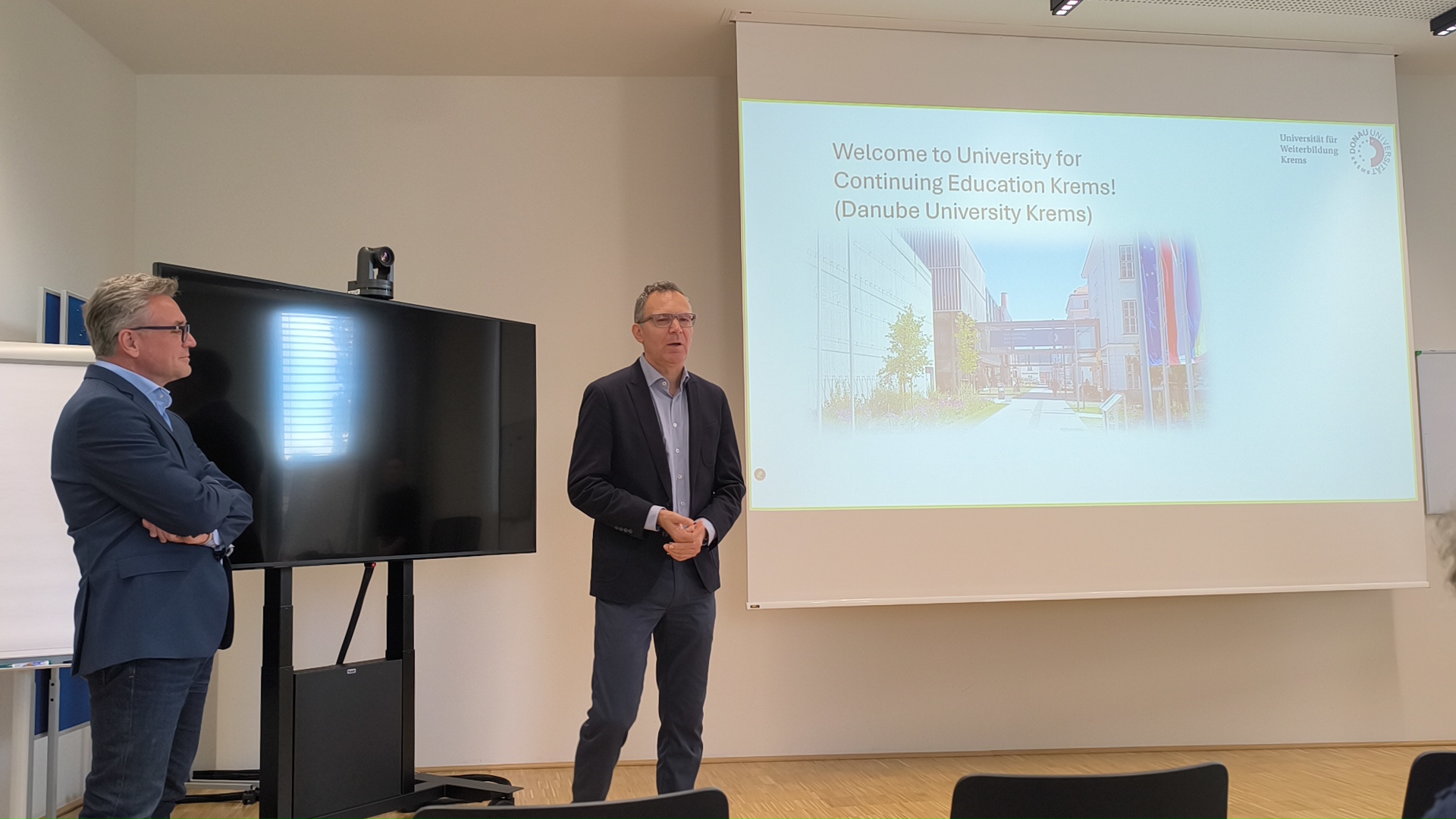

In the vast halls where tobacco once dried, ideas now circulate freely: of reusing heritage sustainably, of bridging the past with future learning environments, and of the human scale that gives architecture its soul.
As the day continued, partners and Associated Strategic Partners came together for a series of interactive workshops - discussing action plans, exchanging experiences from the pilot regions, and exploring how “heritage-based planning” can drive innovation across the Danube Region, from Hungary to Romania and from Austria to Bulgaria.
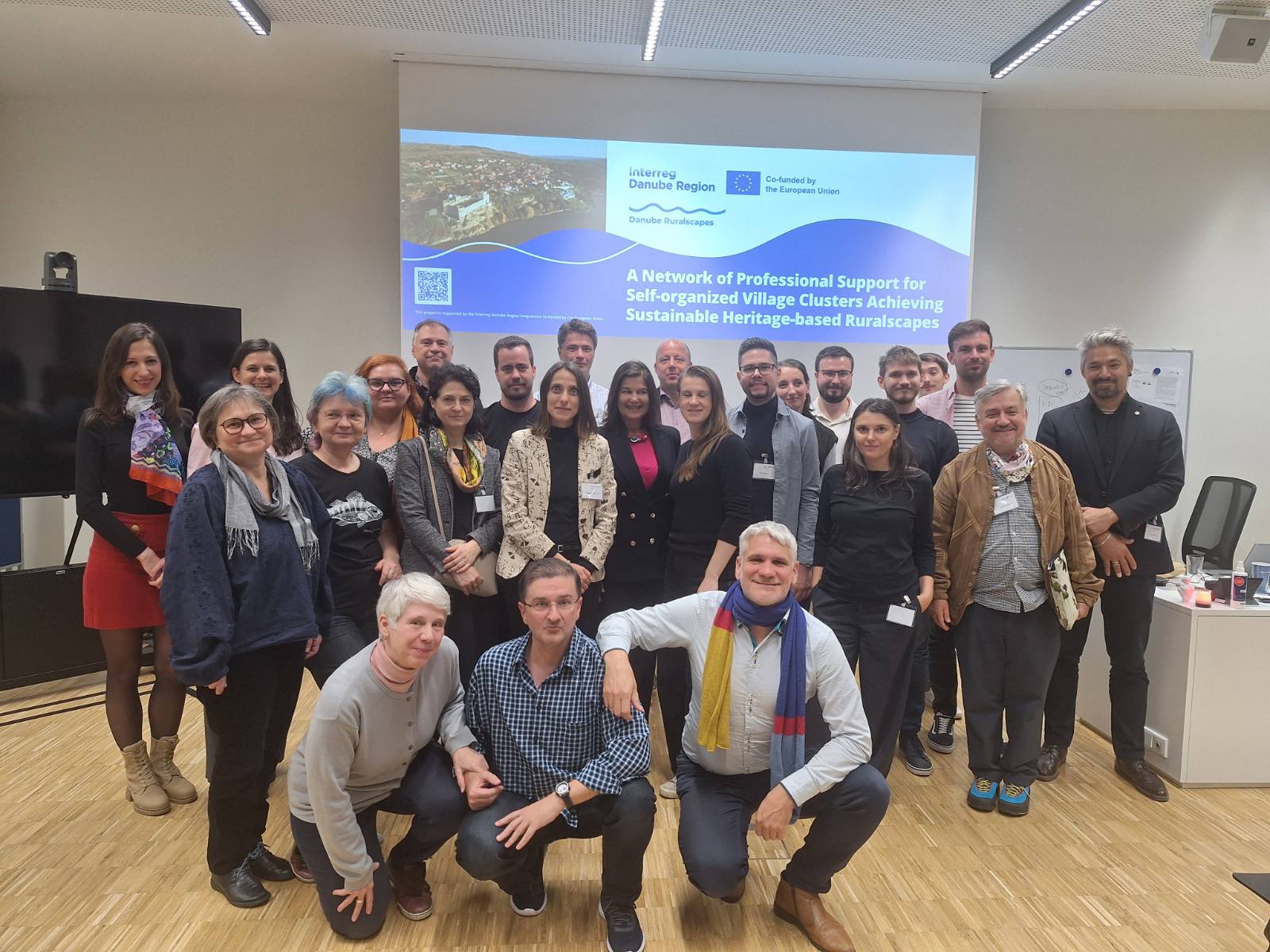
Danube Ruralscapes Partners in Krems
The Story of the Stein Tobacco Factory
Morning light spilled across the old factory courtyards of Krems, casting shadows on the walls that now house the University for Continuing Education Krems. Before leaving the city, our day began with a walk through the university’s permanent exhibition, “History of the Stein Tobacco Factory - Between Welfare and Resistance” - a journey through time, showing how the region’s stories of industry, care, and craftsmanship are intertwined with the rhythm of the Danube itself.
Each display felt like an echo from the factory’s own past - the scent of tobacco leaves, the hum of machines, and the faces of workers who once filled these halls. Built between 1919 and 1922, the Stein Tobacco Factory was among Austria’s earliest ferro-concrete industrial buildings - a modern structure for its time and a symbol of post-war reconstruction. At its peak, nearly 800 to 1,000 workers, many of them women, produced up to 75 million cigars per year, including the well-known “Virginier”, rolled from strong Virginia and Kentucky tobacco.
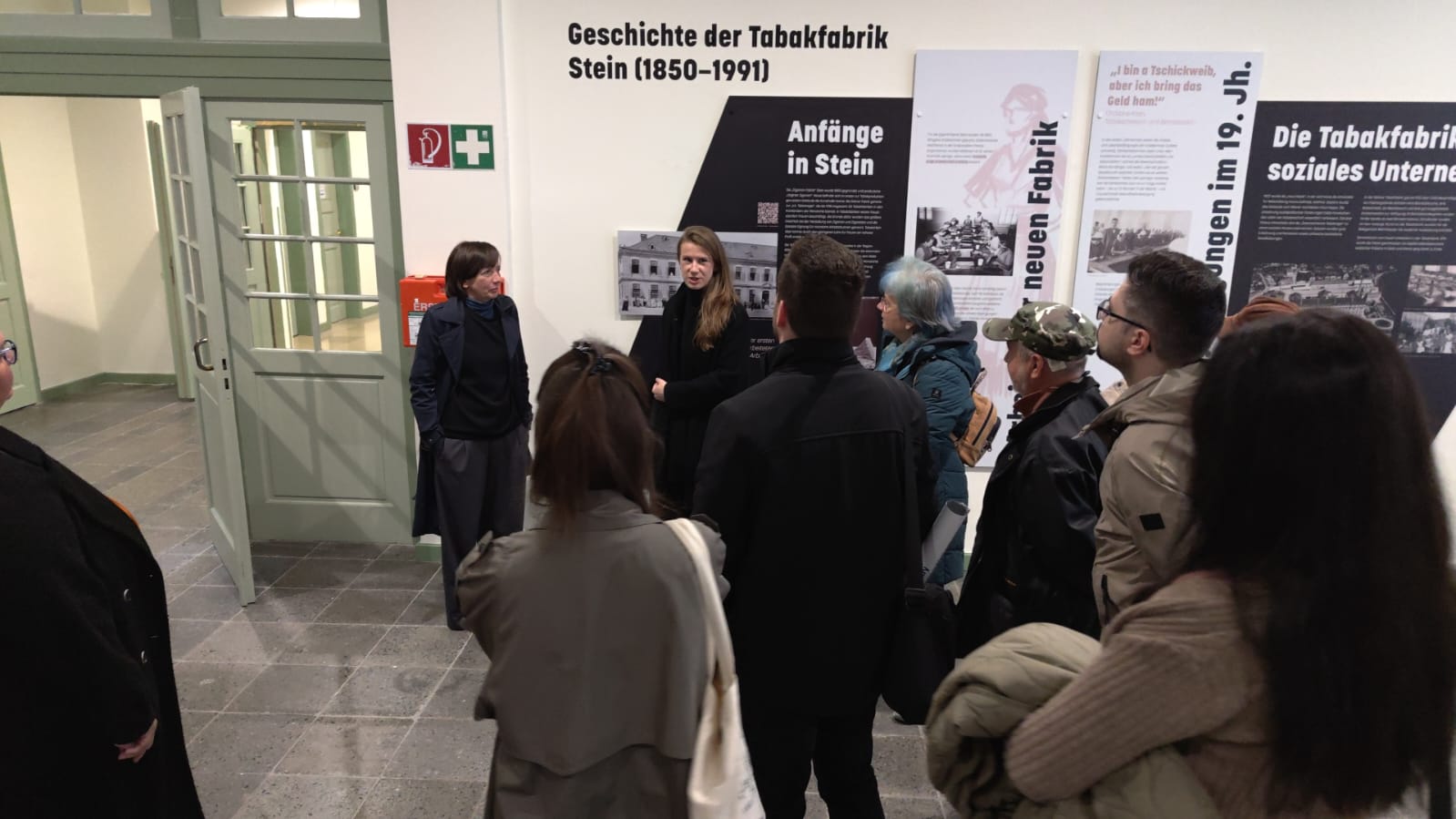

Yet, the factory was more than a production site. It stood as a model of social progress -providing its workers with a canteen, health services, and even a children’s home - making it one of the most progressive workplaces of its era. During more turbulent periods, it also became a quiet space of solidarity and resilience, reflecting the community’s deep ties to both labor and dignity.
Today, these same industrial halls thrive with new purpose as the University for Continuing Education Krems, blending education, research, and cultural memory. The permanent exhibition invites visitors to step back in time, reflecting on how a place once dedicated to manual craft and production has evolved into a center for innovation and knowledge - proof that regeneration begins where memory and vision meet.
It was the perfect prologue before stepping out into the living landscape that continues to inspire this spirit of renewal.
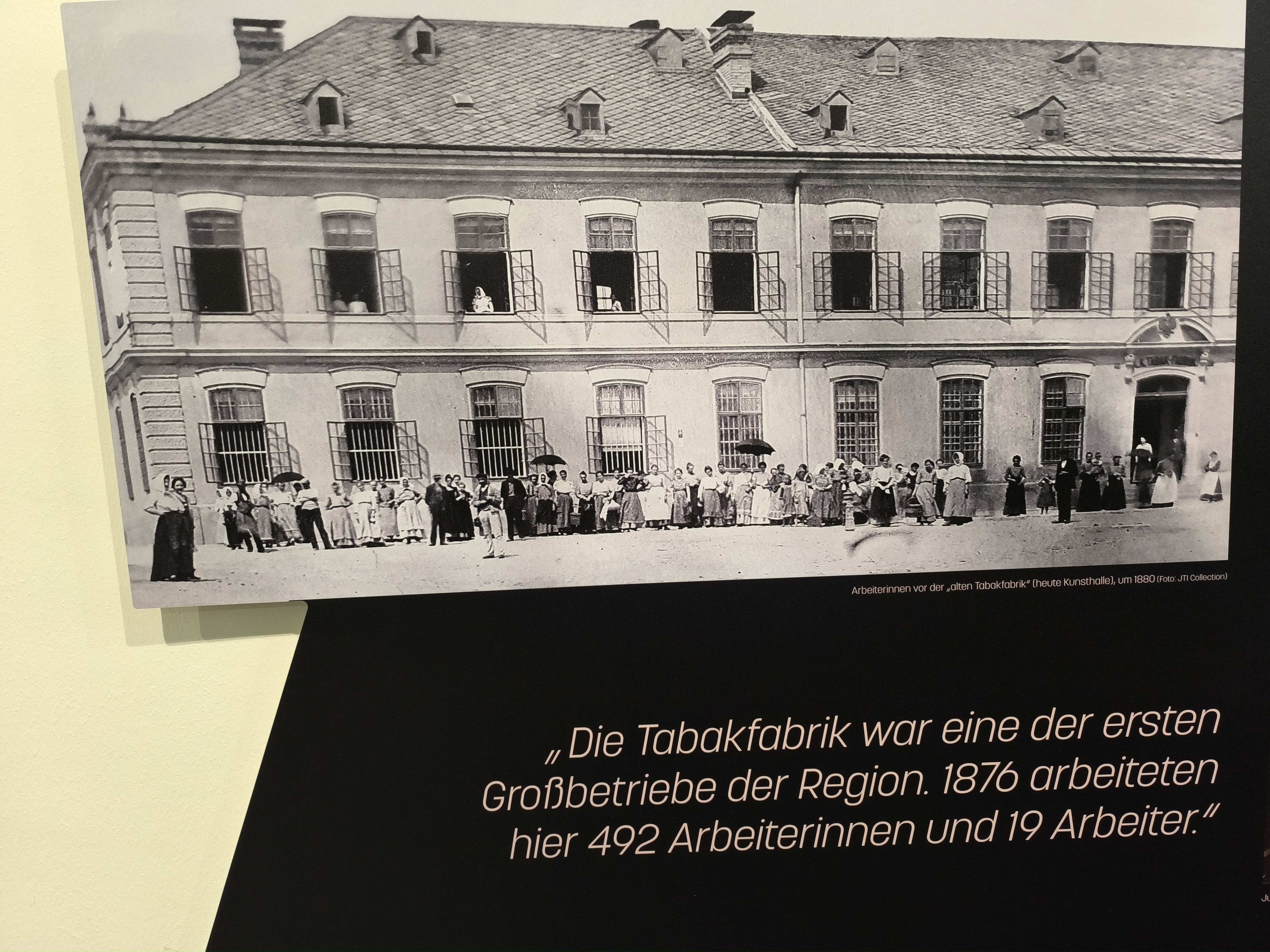
The Stein Tobacco Factory
Wachau Valley: Where Heritage Meets Landscape
A short drive later, the scenery opened into the Wachau Valley - a masterpiece of vineyards, river curves, and sunlit hillsides. Here, every terrace is a page in a thousand-year-old book of care and cultivation.
We were welcomed in Spitz by Mag. Ingeborg Hödl, whose deep knowledge of the region brought the valley to life. As she spoke about the Wachau’s balance between conservation and community, her words painted a vivid picture of a landscape not frozen in time, but one that breathes with the people who call it home.
“Heritage here isn’t locked behind walls,” she said. “It lives in the vineyards, in the craft, in the way people greet you on the street.”

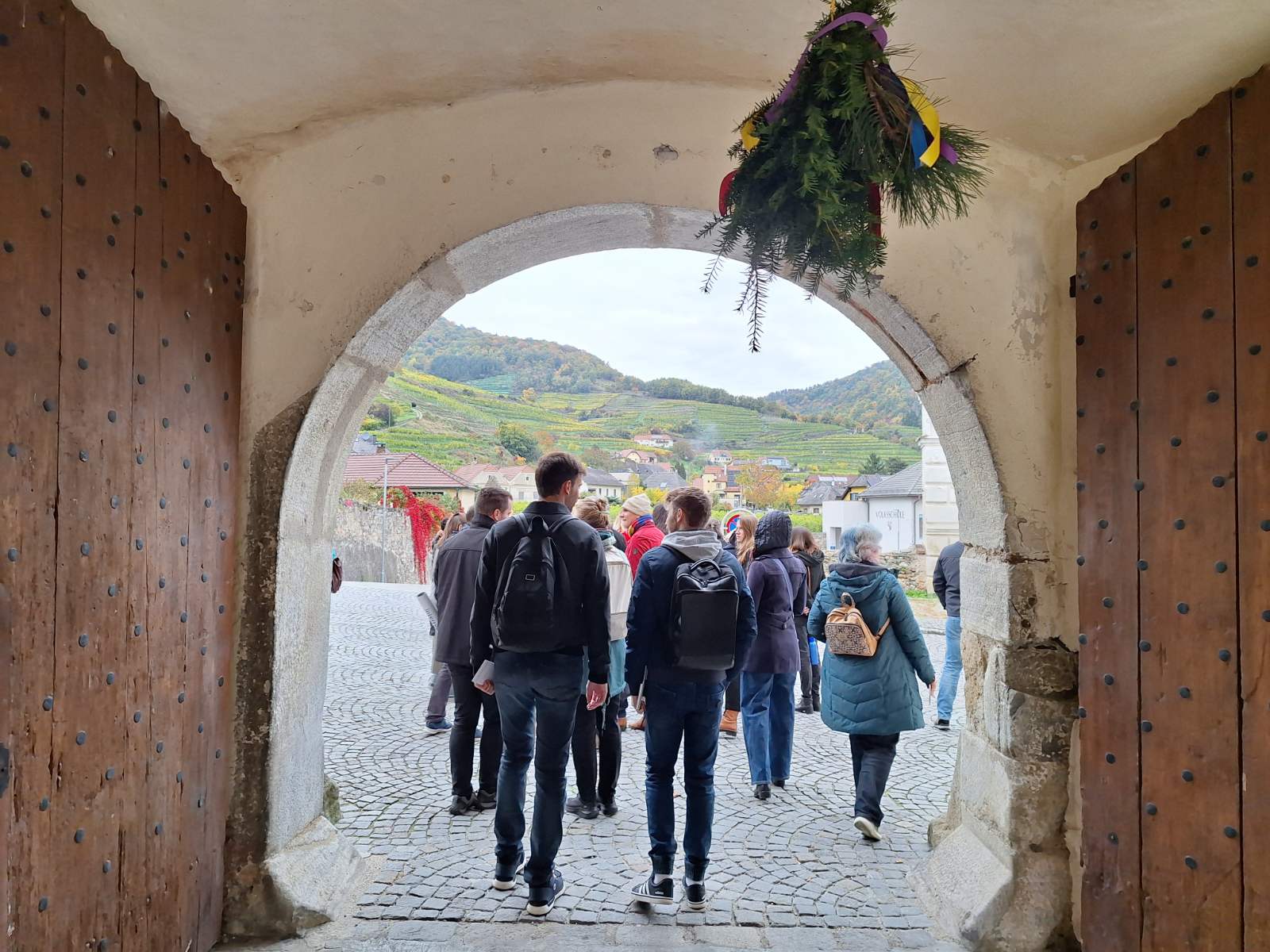
Our path continued upward to Spitz Castle - also known as Hinterhaus Castle - a medieval stronghold first mentioned in 1243. Once owned by the powerful Kuenringer family, the fortress guarded Danube trade routes and the terraced vineyards below. Its Romanesque keep and centuries-old walls still overlook the river, telling stories of merchants, monks, and vintners who shaped the valley’s rhythm.
From there, we walked to the Red Gate (Rotes Tor) - the last surviving of seven original fortification gates that once protected Spitz. Legend says the gate earned its name after the Thirty Years’ War, when Swedish troops captured it and the surrounding hills turned red from battle. Today, it stands as a peaceful viewpoint, looking over the same slopes once stained by conflict, now covered in vines.
The view from the Red Gate was breathtaking - the Danube stretched below in shimmering blue and gold. The wind carried the scent of grapes and earth…
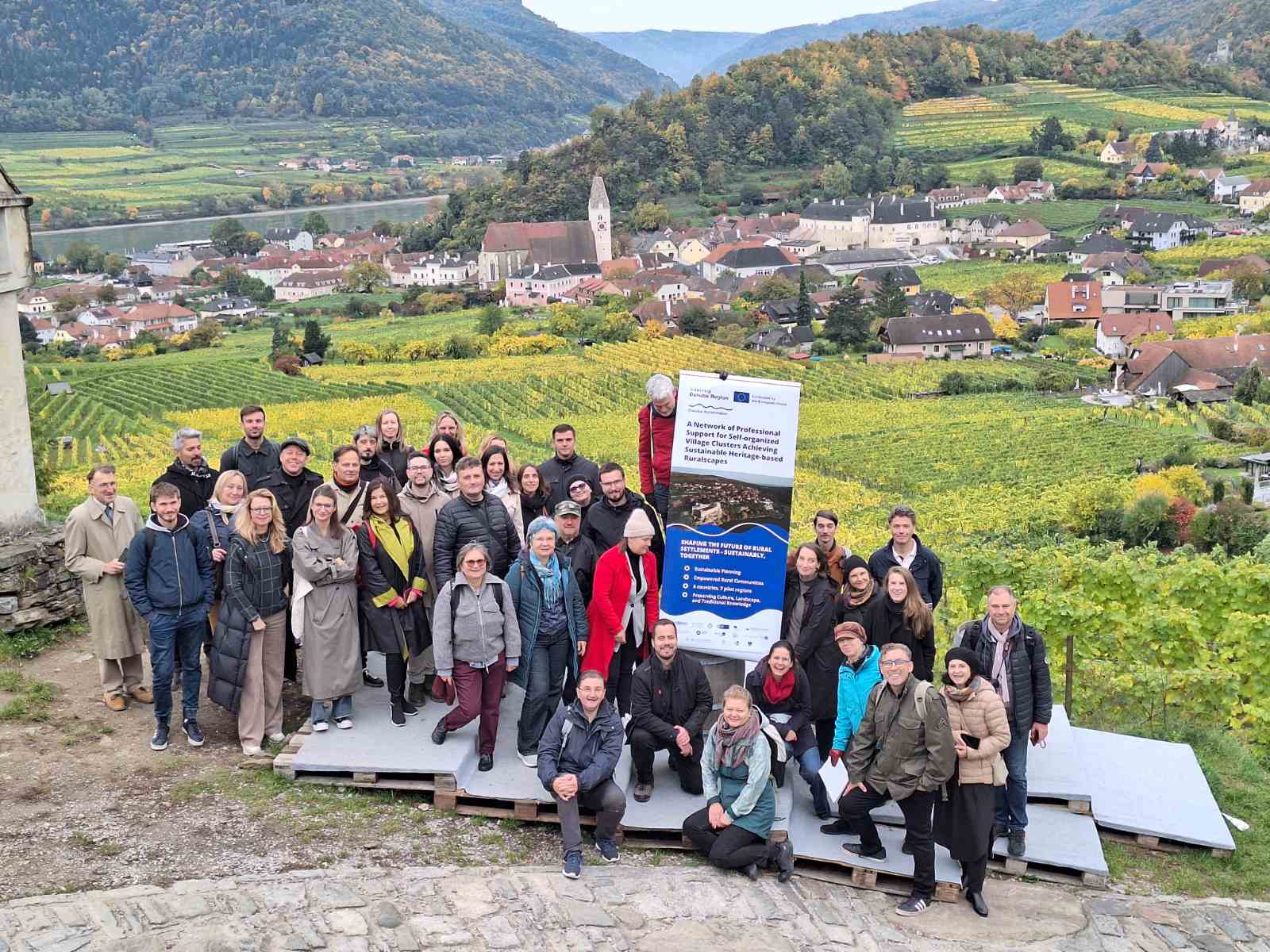
Danube Ruralscapes partners in Spitz, Austria
Wachau in Numbers: 36 km of Living Heritage
For a moment, it was easy to understand why the Wachau Valley, a 36-kilometre stretch between Melk and Krems, has been recognised as a UNESCO World Heritage Cultural Landscape since 2000 - a rare harmony of natural beauty, human craft, and centuries of continuity. Known worldwide for its Grüner Veltliner and Riesling wines, the Wachau is not just a place to see, but a rhythm to feel - where every vineyard terrace holds a story of resilience and renewal.
As the sun began to set behind the vineyards, we gathered once more - with notebooks in hand, ideas flowing as freely as the river below. The discussions turned to what this region teaches us: that heritage-based planning isn’t about the past but about designing the future with memory at its heart.
“In Wachau,” said Dr. Balint Kadar, Budapest University of Technology and Economics - the Danube Ruralscapes Lead Partner, “you don’t just look at history - you walk through it.
Our journey didn’t end there. Two days, two countries - the next chapter awaited just across the border.
#DanubeRuralscapes
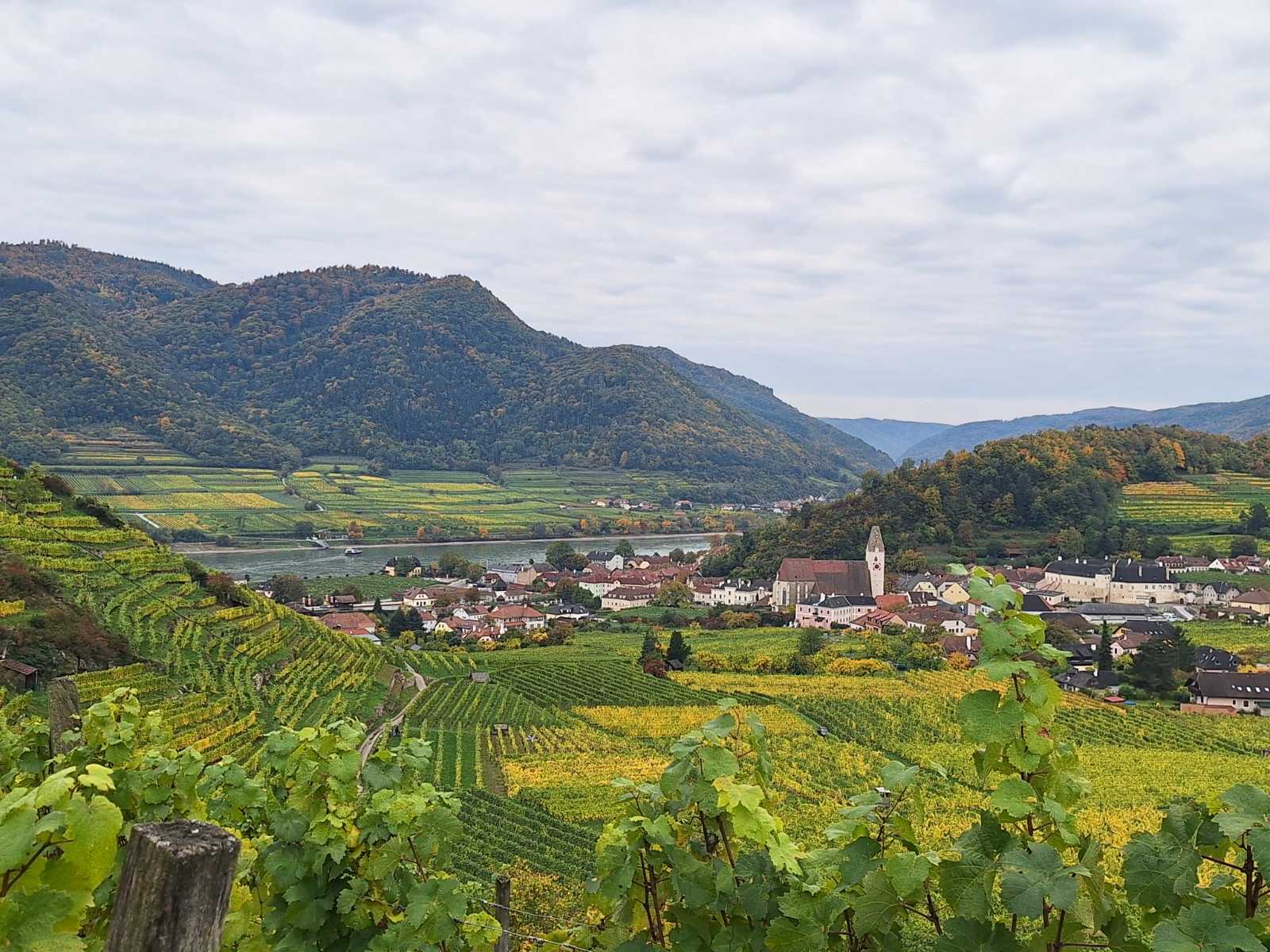
Wachau Valley, Austria
News & Events
Read the most recent updates and explore the upcoming events.


